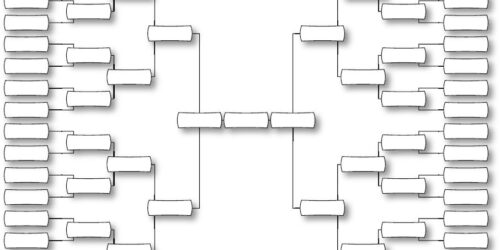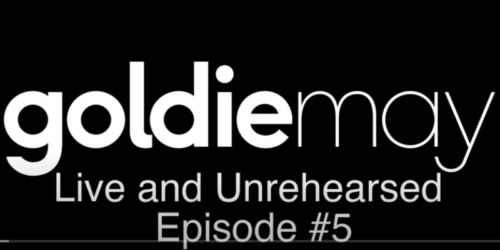Do you feel your genealogical research is like a random walk in the park? Perhaps, you should think through your objectives and come up with a research plan. There is always a measure of uncertainty in any research effort. But a research plan is not a fixed document, it evolves as the research progresses. What is important is to specifically identify the questions you wish to answer and then determine the documents you need to find to answer those questions.
During the past year or so, I have been involved in helping with some “brick wall” research projects. In most of those projects, I find that the target “brick wall” ancestor is really unconnected to the pedigree several generations forward in time. It is also often the case that there has been some research from an even more remote desired ancestor’s descendants. For example, there may be a family tradition of an ancestor who fought in the United States Revolutionary War or who came to America on the Mayflower, however, this tradition is based on similar surnames or some other imaginary basis. In many cases, I have seen over the years, the would-be descendant lacks that one link connecting the ancestors to the target’s descendants. A sound research plan can help to overcome the inaccuracies that may have crept in over the years.
When I am listening to someone tell me about a problem they have encountered in their research, I have to ask a lot of questions to get to the core of the issues that need to be resolved. When you are doing your own plan, you also need to ask yourself a series of questions particularly about the research that has already been done. A research plan starts with one or two very clearly defined and specific goals. Overcoming a research problem is a goal. The questions I ask clarifying the issues become the steps to solving the problems expressed by the goal.
A research plan needs to be based on a firm foundation of information supported by critically evaluated sources. Source supported genealogical research proceeds incrementally. It is all too common for those starting out on a research project to choose a goal of finding a blank spot on a pedigree or fan chart. Commonly, this is done without spending the time and effort to determine that all of the generational links back to a remote ancestor are adequately and reasonably supported. This lack of a generational link usually turns out to be the actual brick wall. To mix metaphors, you can’t build a bridge in the air. You need to proceed step-by-step and make sure you have an adequate base for moving back one more generation.
The most important part of successful genealogical research is identifying an accurate chain of physical locations where events in your ancestors’ lives actually occurred. If your ancestors moved or stayed in the same place, you must have documents that show their location over time. Valid historical documents are created at or near the place where an event occurred by someone who had an interest in the event or a duty to report the event. The main activities of genealogical research involve identifying these pertinent records, locating them, and then carefully extracting the information and recording it in an organized way.
Formulating a research plan depends entirely on what research has already been done. As you begin, you need to focus on the specific information that needs to be acquired and evaluate the types of records that would provide that information and would also be useful for answering the questions and achieving the ultimate goals. Here is where your level of research experience becomes crucial. If you are a relative novice to research, you may need to seek some help in identifying the types of records you need to examine. As your research skills increase, your ability to identify the types of records you need to search will also increase. For example, you could determine that an ancestor’s will might provide information about the ancestor’s family members and thereby establish a connection between the two generations. To proceed, you will need to know where to go to find a copy of the will if it exists at all. You will also need to know how to understand and read the will if one is found. It is usually a good idea for the research goals to include acknowledging the need to learn specific skills, such as reading old handwriting or understanding legal documents.
The research plan should include a list of all of the potential documents that may be of assistance in providing the information to answer the questions and achieve the goals. Part of preparing the plan includes identifying the location and availability of those documents. As you can probably guess, this step is not only crucial to making any progress but also the core of the whole process.
Obviously, the huge number of digitized records that have been made available online has revolutionized the way we conduct our research. But I am still finding people who come to me for help that have not done an adequate online search or who are even aware of the records that are easily available online. Commonly, I speak to people who have superficially searched on Ancestry.com or FamilySearch.org but have never investigated Findmypast.com or MyHeritage.com. Each of these large online database websites has a detailed catalog or listing of the documents in their collection and each has unique documents not otherwise available online. For example, FamilySearch.org, a free website, has billions of records primarily organized by location (country) many of which are digitized and available on the website but I am continually talking to potential researchers who do not know that the FamilySearch.org website even has a catalog and I regularly encounter “experienced” genealogists that are completely unaware of the website.
As I mentioned previously, working with a research plan is an evolving activity. You may readily find the information you are seeking or you may spend years searching, but either way, it is important to keep modifying your plan or when resolved, choosing a new topic for research.
Here are two helpful links that illustrate a formal research plan in detail.
https://www.legacytree.com/wp-content/uploads/Discovery_Plan_SampleReport.pdf
https://www.legacytree.com/blog/developing-genealogy-research-plan






